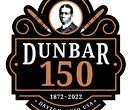 On June 27th of 1872, Paul Laurence Dunbar was born in Dayton, Ohio. For this special Dunbar 150 milestone event, Dayton Aviation Heritage National Historical Park along with numerous community partners will honor Dunbar, showcase his contributions to poetry, the arts, music, dance and culture.
On June 27th of 1872, Paul Laurence Dunbar was born in Dayton, Ohio. For this special Dunbar 150 milestone event, Dayton Aviation Heritage National Historical Park along with numerous community partners will honor Dunbar, showcase his contributions to poetry, the arts, music, dance and culture.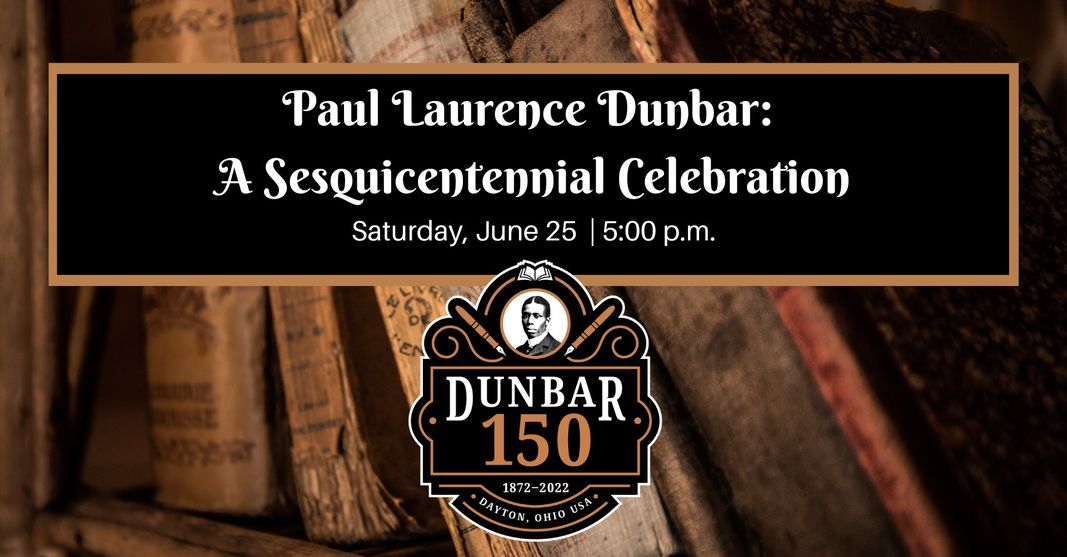

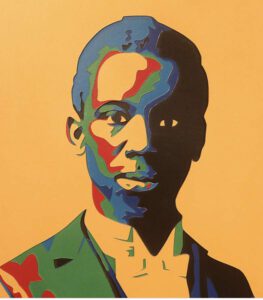 There is also an exhibition inspired by Dunbar’s life and work on display at The Dayton Art Institute now through September 4 (and admission will be free on Sunday, June 26)! This Focus Exhibition showcases artists’ responses to Dunbar, his life and work. It is part of the Dayton and state-wide “Dunbar150 Project,” through which multiple organizations will help shine a light on Dunbar’s literary contributions and help tell the story of his life and legacy.
There is also an exhibition inspired by Dunbar’s life and work on display at The Dayton Art Institute now through September 4 (and admission will be free on Sunday, June 26)! This Focus Exhibition showcases artists’ responses to Dunbar, his life and work. It is part of the Dayton and state-wide “Dunbar150 Project,” through which multiple organizations will help shine a light on Dunbar’s literary contributions and help tell the story of his life and legacy.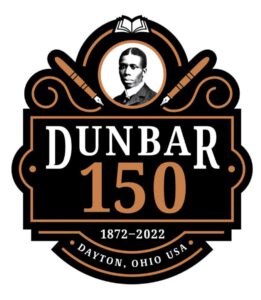 On June 27th of 1872, Paul Laurence Dunbar was born in Dayton, Ohio. For this special Dunbar 150 year milestone the Dayton Aviation Heritage National Historical Park along with numerous community partners will honor him by showcasing his contributions to poetry, the arts, music, dance and culture.
On June 27th of 1872, Paul Laurence Dunbar was born in Dayton, Ohio. For this special Dunbar 150 year milestone the Dayton Aviation Heritage National Historical Park along with numerous community partners will honor him by showcasing his contributions to poetry, the arts, music, dance and culture.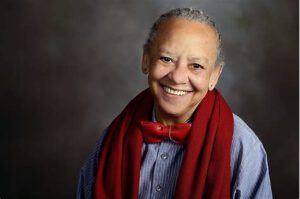 Honored Guests include Nikki Giovanni, a prominent literary figure, and activist who has experienced longevity in her career as a prolific poet, speaker, and contributor to the literary arts, along with an entire Dunbar community of entertainers and performers. These include, Dr. Herbert Woodward Martin, Ms. Laverne Sci, Ted Lange, Dayton Contemporary Dance Company, University of Dayton Department of Music, the Tuskegee University Golden Voices Choir, and other special guests will come together for ensemble performances of his masterful work and moving compositions.
Honored Guests include Nikki Giovanni, a prominent literary figure, and activist who has experienced longevity in her career as a prolific poet, speaker, and contributor to the literary arts, along with an entire Dunbar community of entertainers and performers. These include, Dr. Herbert Woodward Martin, Ms. Laverne Sci, Ted Lange, Dayton Contemporary Dance Company, University of Dayton Department of Music, the Tuskegee University Golden Voices Choir, and other special guests will come together for ensemble performances of his masterful work and moving compositions.




 Paul Laurence Dunbar died more than 110 years ago, yet he remains one of Dayton’s most celebrated citizens. Karen D. Brame discusses his life, friendships and legacy in her program, “He Had His Dream: A Celebration of Paul Laurence Dunbar” at three Dayton Metro Library locations:
Paul Laurence Dunbar died more than 110 years ago, yet he remains one of Dayton’s most celebrated citizens. Karen D. Brame discusses his life, friendships and legacy in her program, “He Had His Dream: A Celebration of Paul Laurence Dunbar” at three Dayton Metro Library locations:

 someone else has visited the grave to pay respect.
someone else has visited the grave to pay respect. aul Laurence Dunbar receives the most coins. The coins are picked up periodically and are deposited to the Woodland Arboretum Foundation to care for the grounds and gardens of the cemetery.
aul Laurence Dunbar receives the most coins. The coins are picked up periodically and are deposited to the Woodland Arboretum Foundation to care for the grounds and gardens of the cemetery. This window depicts the words written in the Negro dialect associated with the antebellum South by Dayton poet and author, Paul Laurence Dunbar, in the poem A Death Song published in 1913. You can also find the poem on the bronze plaque at his grave site in Section 101.
This window depicts the words written in the Negro dialect associated with the antebellum South by Dayton poet and author, Paul Laurence Dunbar, in the poem A Death Song published in 1913. You can also find the poem on the bronze plaque at his grave site in Section 101.
